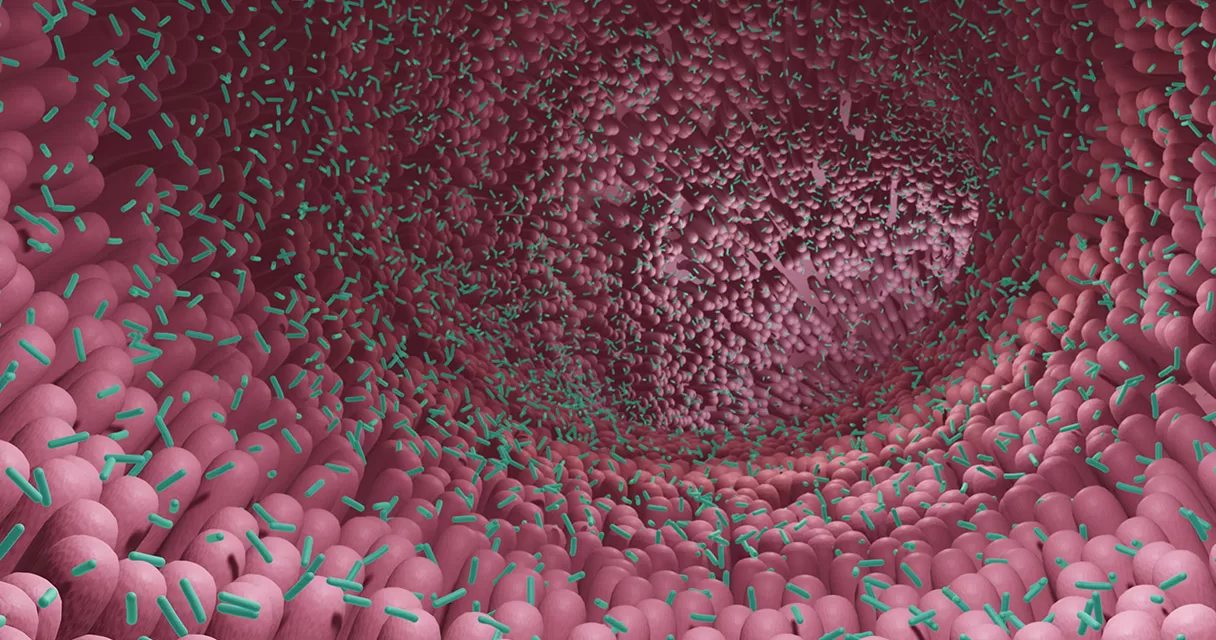
In a surprising discovery that challenges the conventional understanding of life, a team of researchers from Stanford University has identified a novel class of virus-like entities termed “obelisks” inhabiting bacteria in the human mouth and gut. These mysterious entities possess genomes seemingly composed of loops of RNA, presenting a unique genetic makeup that sets them apart from traditional viruses.
The team, led by Stanford biologist Andrew Fire, utilized advanced software to analyze existing gene catalogs from human-associated microbes for RNA sequences predicted to form circular structures. This innovative approach resulted in the identification of nearly 30,000 predicted RNA circles, each approximately 1000 bases long, representing distinct obelisks. Unlike typical RNA viruses, obelisks displayed fewer bases, prompting the researchers to classify them as a new entity.
While it remains uncertain whether obelisks influence human health, they could potentially impact the genetic activity of their bacterial hosts, subsequently influencing human genes. Found in 7% of human gut bacteria and half the bacteria in the human mouth, obelisks in different parts of the body exhibited distinctive sequences.
The discovery of obelisks adds a new dimension to the exploration of the viral universe. Scientists are grappling with questions about the evolutionary relationship between obelisks, viroids, and traditional viruses. Viroids, discovered in the early 20th century, are infectious loops of RNA without a protein shell, primarily affecting plants.
This revelation expands the understanding of the complexity and diversity of RNA structures in microbiomes, highlighting the continuous exploration of the frontiers of the viral universe. As researchers delve into the long-term evolution of viruses on Earth, the emergence and potential interplay between different structures like obelisks and viroids offer exciting avenues for further exploration. The study was preprinted on bioRxiv, providing a glimpse into this new and enigmatic realm of the microbial world.












